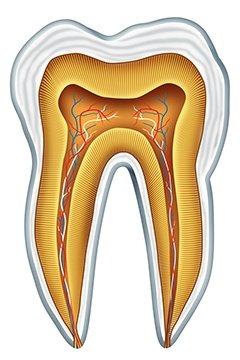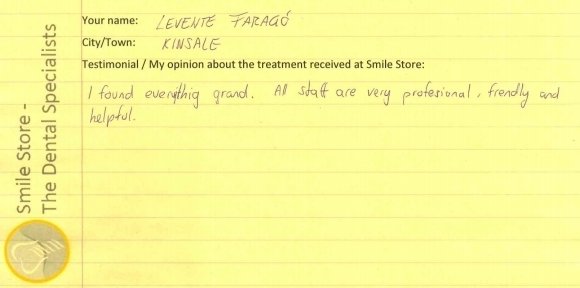
Root Canal: The Details
If the nerve of a tooth has become decayed or infected, a Root Canal may save the tooth itself whilst removing the problematic root. The nerve part of the tooth, along with the pulp (living tissue inside the tooth) and any bacteria or decay present is removed; then the tooth is sealed with special root-filling cement all the way to the tip of the root. This will save your tooth once the root is filled and sealed properly to the very apex; and it gets rid of the painful soft tissue and leaves a hard shell. A dental crown is then fitted to ensure the tooth has full functionality within your mouth.
When Would a Root Canal Treatment be indicated?
It’s better to get rid of the sore or decayed soft parts of a tooth and save the tooth itself than to extract it. Once you extract a tooth it causes problems for adjacent teeth, and can ultimately cost you more.
Reasons for Root Canal Treatment
- Decay has reached the tooth pulp (the living tissue inside the tooth).
- Infection or abscesses have developed at the root tip or inside the tooth.
- Injury or trauma to the tooth.
Warning Signs
- The presence of an abscess (or pimple) on the gums.
- Sensitivity to hot and cold temperatures.
- Severe toothache.
- Swelling and/or tenderness.
Sometimes there may be no symptoms present. The Root Canal Procedure It may need a couple of appointments, depending on the patient and the state of the tooth. At Smile Store we have an Endodontist (root canal specialist) There is no pain in modern dentistry, and the whole area will be completely numbed by local anaesthetic so you will be comfortable. Don’t forget that we offer sedation dentistry for nervous patients. Whilst the tooth is numb, a rubber dam is placed around it to keep it dry and free from saliva. An access opening is created on top of the tooth, through which a series of root canal files are placed one by one to remove the pulp, bacteria, and nerve tissue.
If necessary any tooth decay is also be removed using special dental instruments. After the tooth has been thoroughly cleaned, it is sealed with either a permanent filling or a temporary filling should additional appointments be needed. At the next appointment, (about a week later), the roots and inside cavity of the tooth are sealed and filled. A filling is placed on top of the tooth to cover the opening and any teeth that have root canal treatment are then fitted with a dental crown to protect the tooth and restore it to its full function.
Is Root Canal Treatment Painful?
No. The infection in your tooth can be agonising, though, so the sooner you get it out the better. You feel nothing once you are numbed with the local anaesthetic.
What happens after a root canal treatment?
You will need some sort of permanent restoration, most likely a crown or an onlay, possibly along with a fiber post; these are required to protect the tooth that has lost its vitality.

